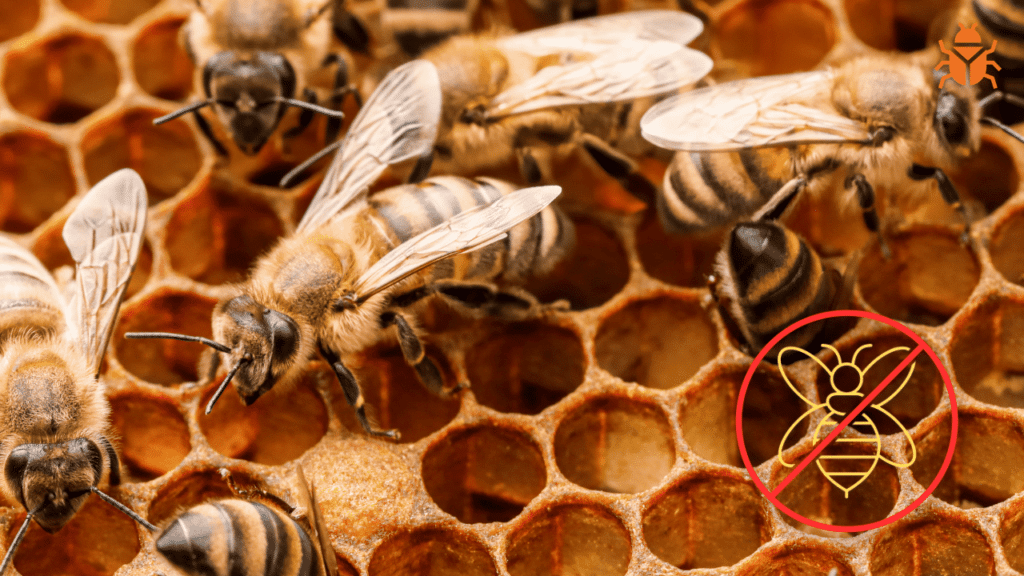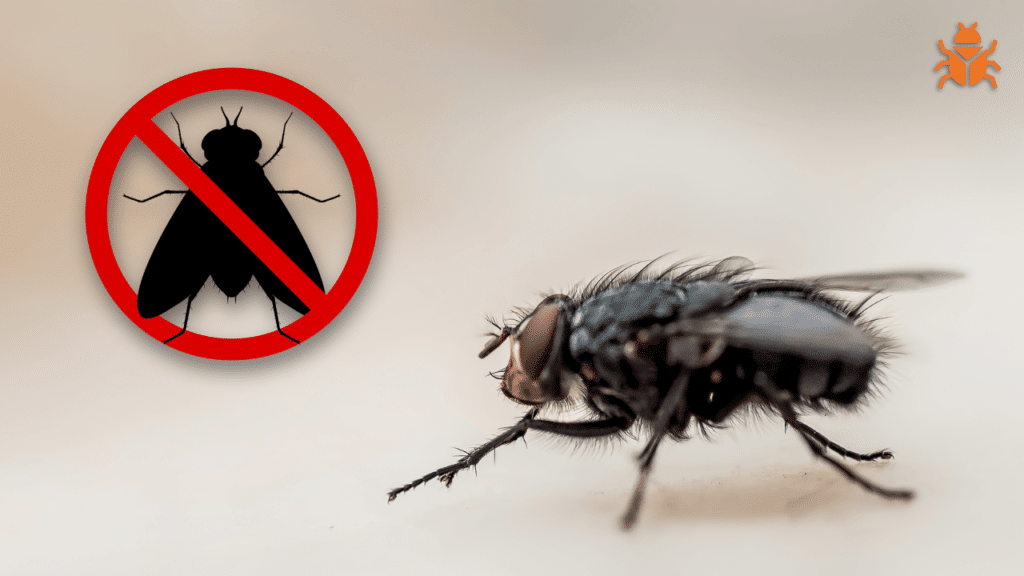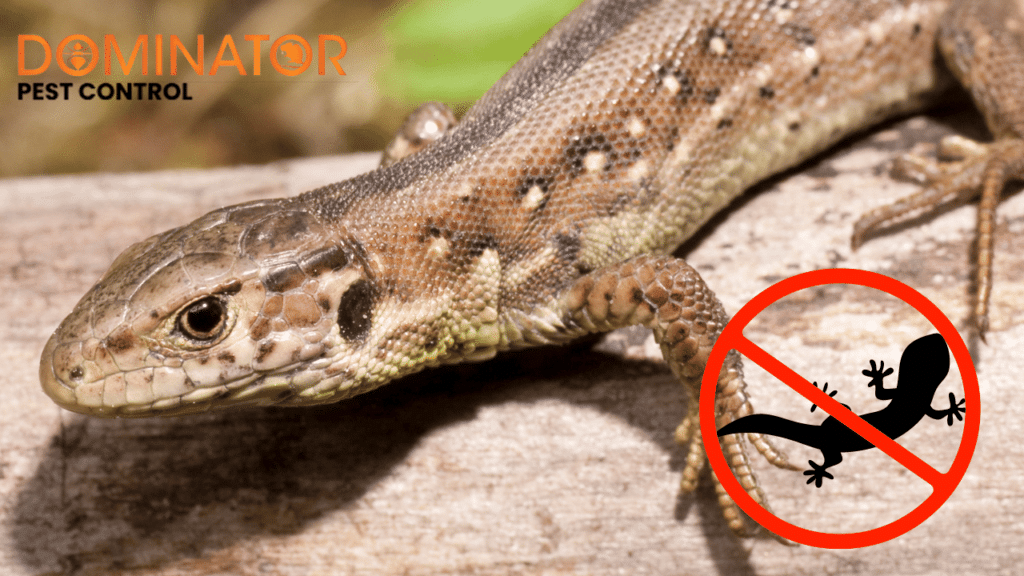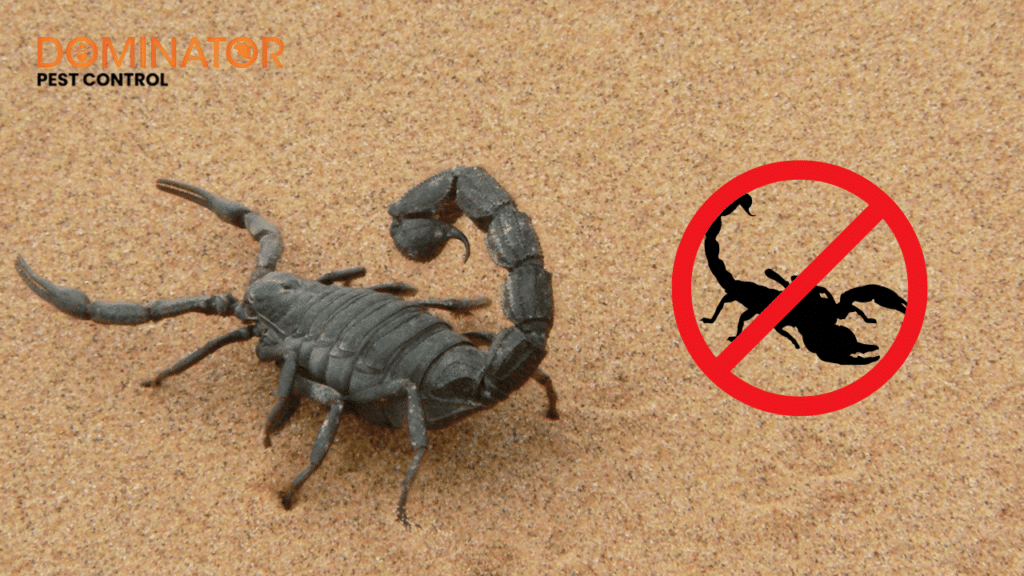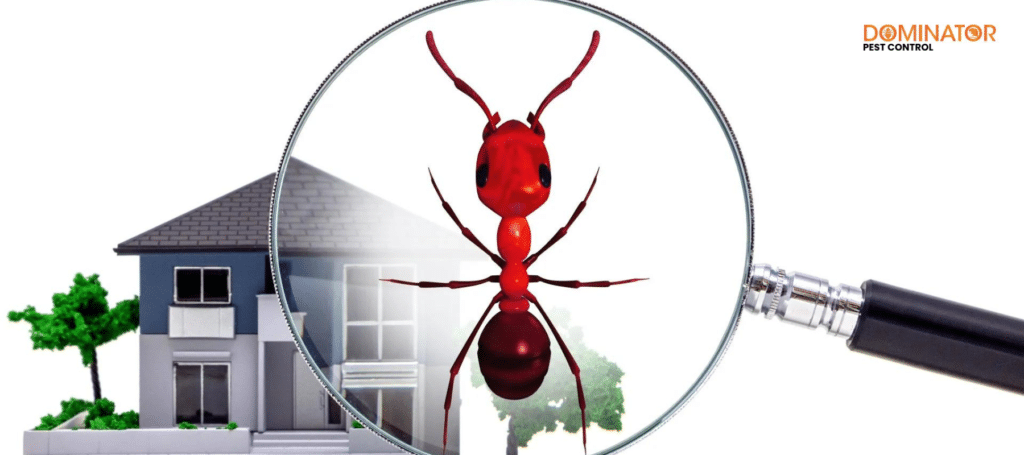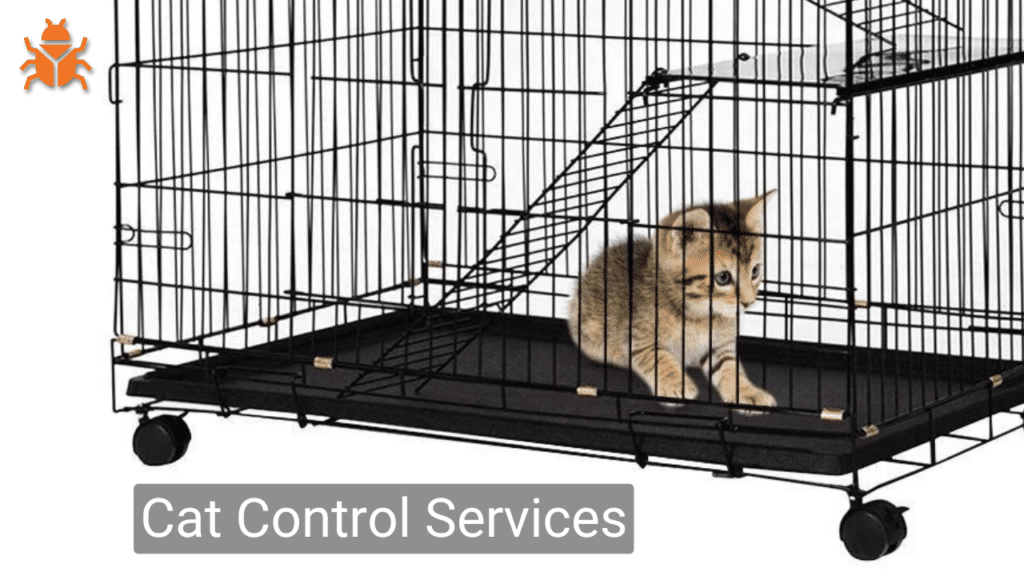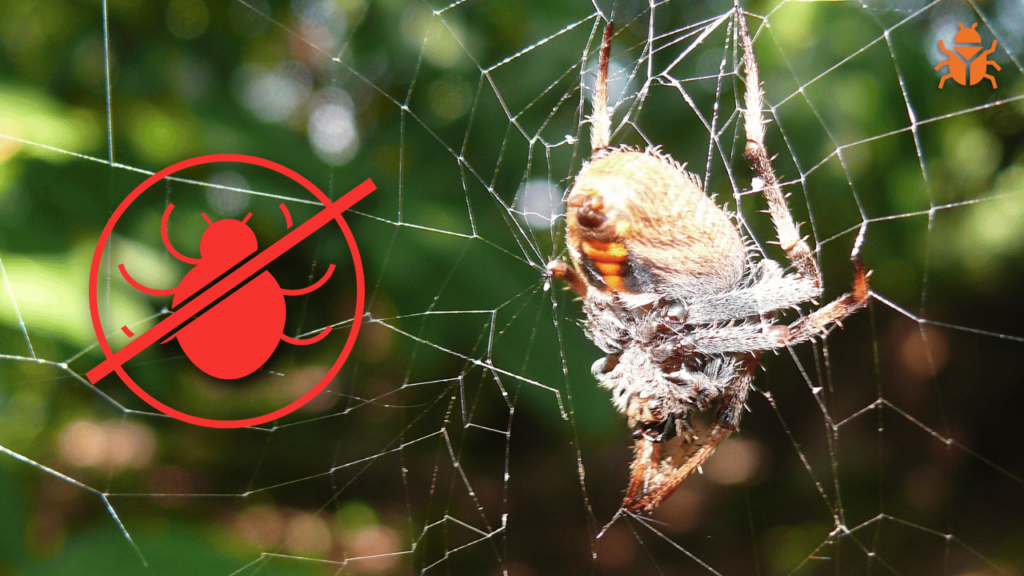Flies can be more than just a seasonal annoyance. They present significant health and hygiene risks, particularly in urban environments where their numbers can proliferate quickly.
Whether it’s in homes, restaurants, or commercial establishments, effective fly control is essential for maintaining a clean and healthy environment.
Here, we will explore the types of flies, their breeding grounds, the dangers they pose, and the best methods to control their presence.
Fly control is not only about eliminating these pests but also about ensuring a sustainable, safe environment for everyone.
Understanding Flies and Their Impact
Flies come in various forms, and controlling them requires understanding which species you’re dealing with. Some of the most common types include:
House Flies
These are the most common types of flies found indoors. They are attracted to food, waste, and moisture, making them particularly dangerous in food preparation areas.
Drain Flies
Often found near sinks or damp areas, these flies breed in moisture and organic material. They can quickly multiply in unclean environments.
Filth Flies
These flies, true to their name, breed in rotting material such as food waste and garbage, posing a serious risk to health and hygiene.
Health Risks Posed by Flies
Flies are known carriers of several dangerous diseases:
-
- Salmonella
-
- Food Poisoning
-
- Epidemic Outbreaks
Flies can transfer pathogens from contaminated surfaces directly to food, making them a significant health hazard, especially in restaurants and food preparation areas.
Causes and Breeding Grounds
Flies breed in environments where hygiene is compromised. Some common breeding grounds include:
-
- Garbage Cans
-
- Overflowing or poorly managed waste provides the ideal conditions for flies to breed.
-
- Indoor Plants
-
- Overwatered potted plants provide the moist environment flies, particularly fungus gnats, love.
-
- Pet Waste
-
- Unattended pet waste in yards and gardens is another hotspot for flies to lay eggs.
The Role of Sanitation in Fly Control
Effective fly control starts with good sanitation practices. Regularly emptying garbage, cleaning drains, and keeping the environment dry are all critical to preventing fly infestations. In food service areas, strict hygiene protocols are essential to avoid fly-borne contamination.
Fly Control Techniques
Controlling flies requires a combination of methods to be truly effective.
Cultural Control Methods
-
- Window Screens and Fly Screens
-
- Installing screens on doors and windows helps prevent flies from entering buildings.
-
- Preventive Measures
-
- Sealing cracks and ensuring proper ventilation can go a long way in keeping flies out.
Mechanical Control Tools
-
- Fly Traps
Sticky traps and cultural fly traps are effective at catching flies before they can spread throughout the area.
-
- UV Light Traps
These traps attract flies with ultraviolet light and trap them on adhesive surfaces, ideal for commercial settings.
Chemical Methods
-
- Residual Insecticides
These insecticides provide long-term protection by leaving a residue that continues to kill flies after application.
-
- Pesticide Sprays
These are often used for immediate results in heavily infested areas but must be applied with caution to avoid health risks.
Biological Control
-
- Natural Predators
Introducing predators such as parasitic wasps can help control fly populations naturally.
-
- Eco-Friendly Alternatives
Using eco-friendly, chemical-free options is becoming more popular for those who want to avoid the health risks associated with pesticides.
Implementing a Comprehensive Fly Control Program
A successful fly control program involves several steps:
Assessment
Evaluating the environment to identify fly breeding grounds and entry points.
Customized Solutions
Different settings require different solutions. For example, a restaurant will need more rigorous controls compared to a household.
Continuous Monitoring
Regular monitoring ensures that fly populations are kept under control and allows for adjustments to the program as needed.
Safe Use of Insecticides and Alternatives
While chemical insecticides are effective, they also come with health risks. Here are some important guidelines to follow:
-
- Use According to Instructions
-
- Always follow the manufacturer’s instructions when applying insecticides, especially in food preparation areas.
-
- Ventilation
-
- Ensure that the area is well-ventilated when using any form of chemical spray indoors to minimize exposure.
Alternatives to Chemicals
For those looking to avoid the risks associated with chemical insecticides, there are several non-toxic options available:
-
- Biological Control
-
- The introduction of natural predators can reduce fly populations without the need for chemicals.
-
- Non-Toxic Traps
-
- Sticky traps, UV traps, and other mechanical methods are excellent alternatives for those concerned about pesticide use.
Best Practices for Sanitation and Hygiene
Proper sanitation is the cornerstone of any successful fly control program. The following practices are essential:
-
- Regular Waste Disposal
-
- Garbage should be disposed of frequently to avoid creating breeding grounds.
-
- Cleaning Food Preparation Areas
-
- Kitchens should be kept clean and free of moisture and food particles to avoid attracting flies.
-
- Community Involvement
-
- Effective fly control requires collective action. Communities should prioritize proper waste management and environmental hygiene.
Achieving Long-Term Results
To achieve long-term results, it’s important to use an integrated pest management (IPM) approach. This method combines several control techniques and focuses on sustainability and environmental health.
Sustainable Practices
-
- Reducing the reliance on chemical insecticides and opting for eco-friendly alternatives is key to ensuring the safety of the environment.
Monitoring and Adaptation
-
- Continuous monitoring and adapting the fly control strategy over time are essential to maintaining a fly-free environment.
Conclusion
Flies can be a serious problem if not dealt with properly. Whether you’re managing a home, restaurant, or commercial space, a comprehensive fly control program is essential to maintaining hygiene and safety. By combining cultural, mechanical, chemical, and biological control methods, you can effectively reduce the risk of fly infestations and ensure a healthier environment.


